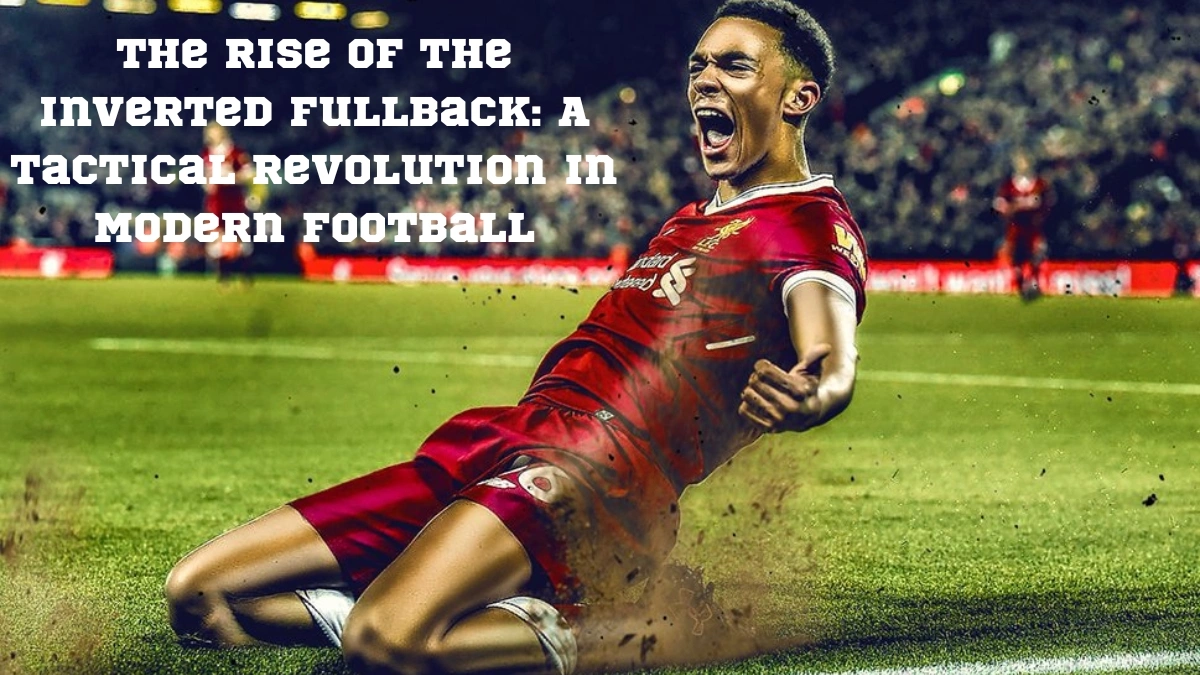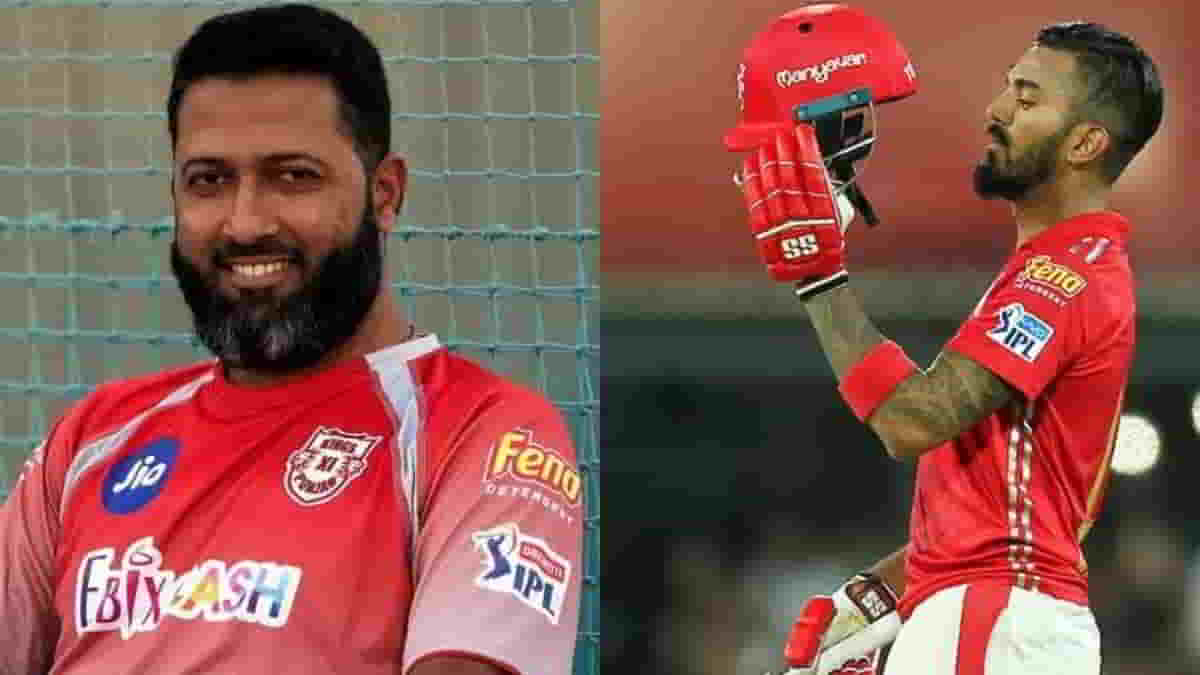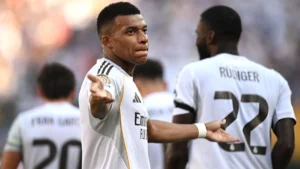Football tactics have always evolved with time, but some shifts feel more like revolutions than transitions. One of those game-changers? The inverted fullback. A position that was once built for overlaps and touchline sprints is now redefined by intelligence, flexibility, and positional mastery.
The inverted fullback isn’t just a trend, it’s a tactical weapon. It’s Pep Guardiola’s brainchild, Arteta’s secret sauce, and the reason your favorite winger gets zero space to breathe.
What Is an Inverted Fullback?
Instead of hugging the touchline like traditional fullbacks, inverted fullbacks drift into central midfield when their team is in possession. Their job isn’t just to provide width but to:
- Help in ball progression
- Dominate midfield spaces
- Offer numerical superiority
- Break the press before it begins
Think of them as midfielders in disguise, who defend like fullbacks and attack like playmakers. Madness, right?
Why the Inverted Fullback Works
In today’s high-pressing, fast-paced game, every inch of control matters. Managers are now obsessed with overloading the midfield, and inverted fullbacks make that happen. Whether it’s to control the tempo or offer a passing outlet, they bring balance like never before.
It’s no longer about just defending or overlapping, it’s about dictating the game from unusual angles.
5 Best Inverted Fullbacks Dominating the Game Right Now
Here are five modern fullbacks redefining the role and making it look ridiculously smooth:
1. Joao Cancelo (Al Hilal)
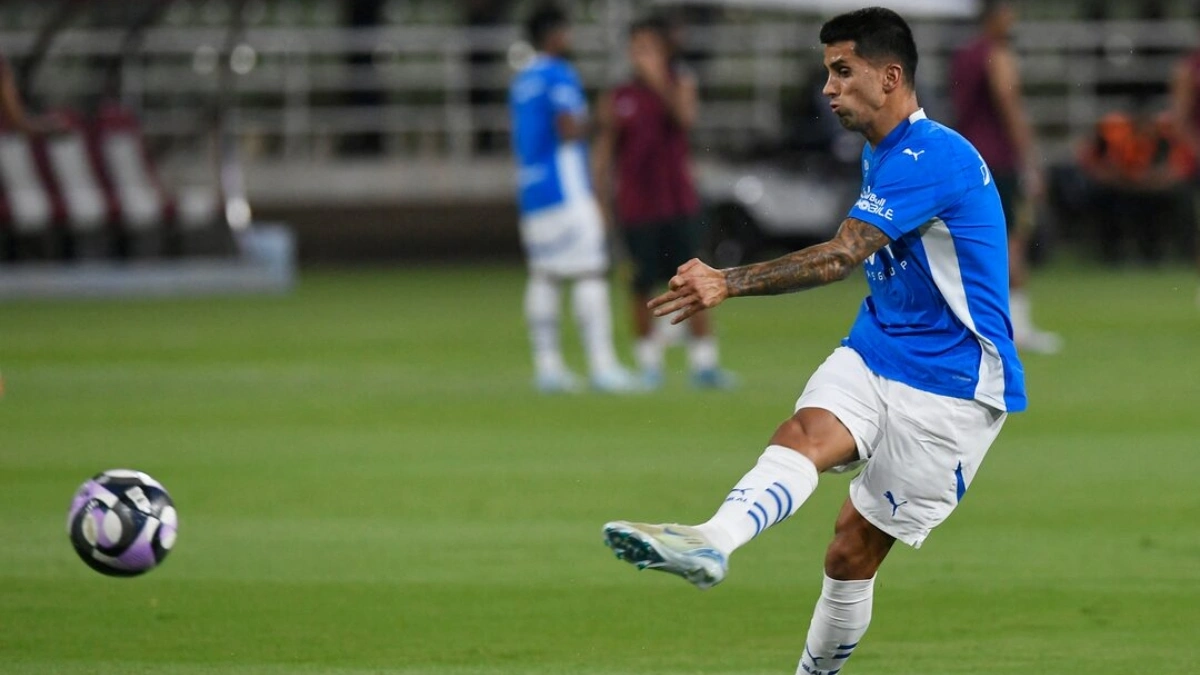
The original artist. Cancelo was the first to make this role look like jazz. Sharp turns, inside drifts, long balls, he was one of the first Guardiola’s ideal inverted machines.
2. Myles Lewis-Skelly (Arsenal)

At Arsenal, Lewis-Skelly practically becomes a midfielder in possession. Calm on the ball, smart with positioning, and key to Arteta’s possession game.
3. Joshua Kimmich (Bayern Munich)

Originally a right-back, now a midfielder but his time as an inverted fullback made Bayern’s build-up look effortless. High IQ player who set the standard.
4. Trent Alexander-Arnold (Liverpool)
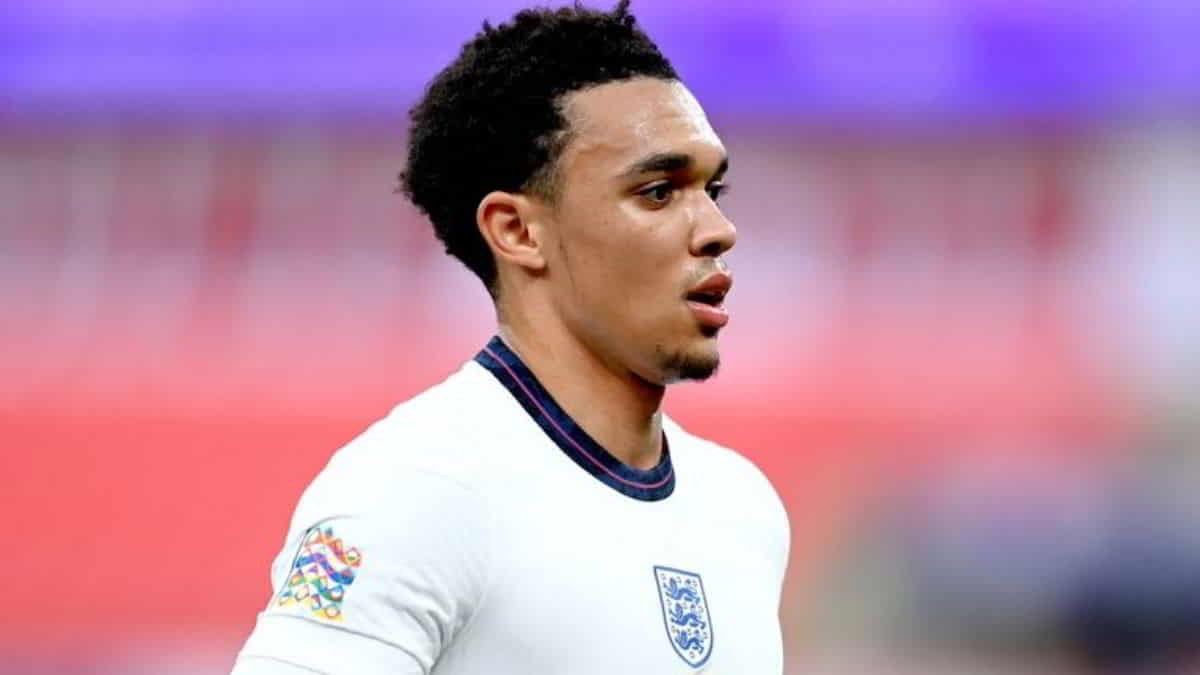
Arne Slot now uses Trent in a hybrid role where he inverts into midfield. With his passing range and vision, he becomes a playmaker from deep scary levels of creativity.
5. Rico Lewis (Manchester City)
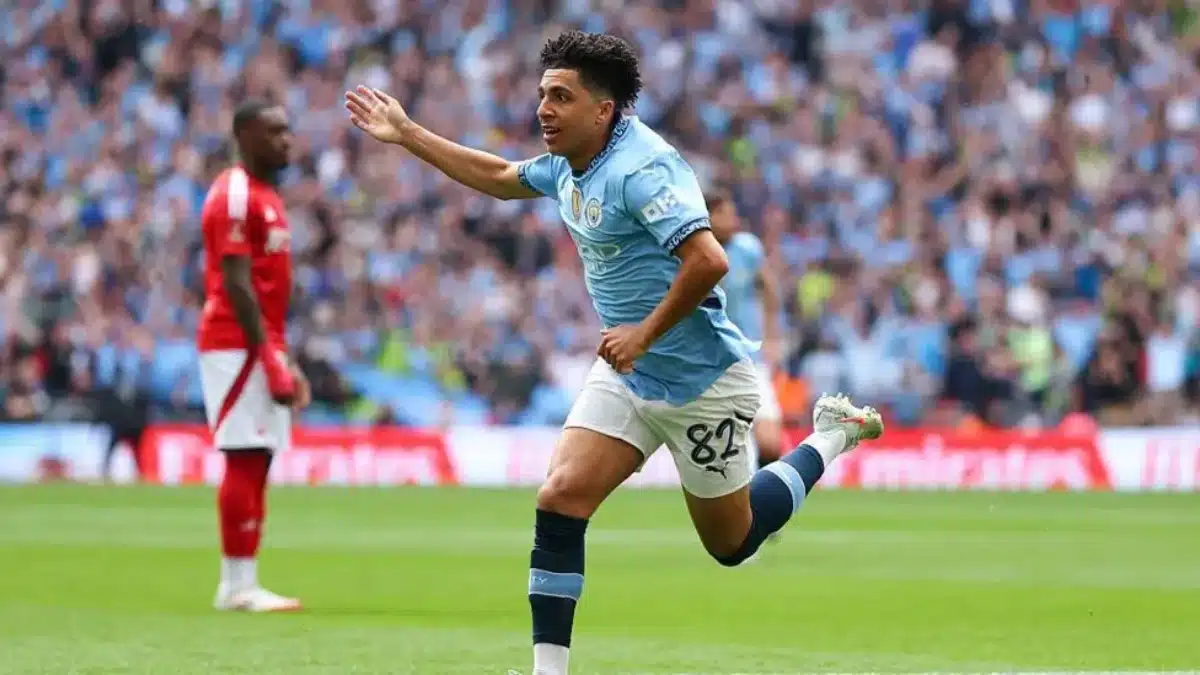
One of Pep’s trusted soldiers. Lewis shifts into midfield seamlessly and reads the game like someone twice his age. Huge future ahead.
What It Means for the Future of Football
The rise of the inverted fullback signals a massive tactical shift. Teams want multi-functional players, not just position specialists. Fullbacks now need to:
- Dribble like wingers
- Defend like center-backs
- Pass like midfielders
It’s not just about speed anymore, it’s about smarts, awareness, and adaptability.


